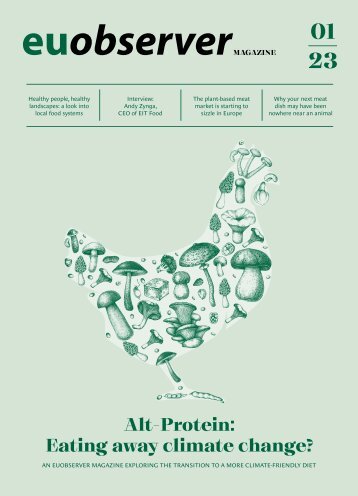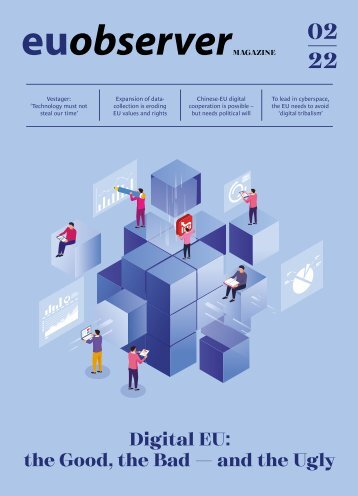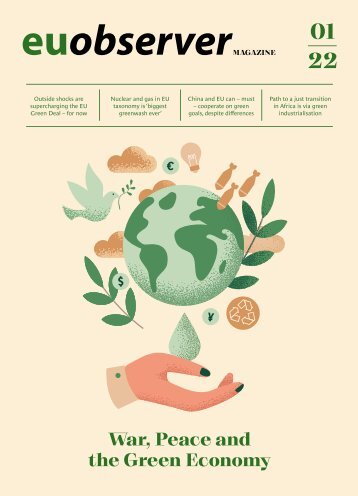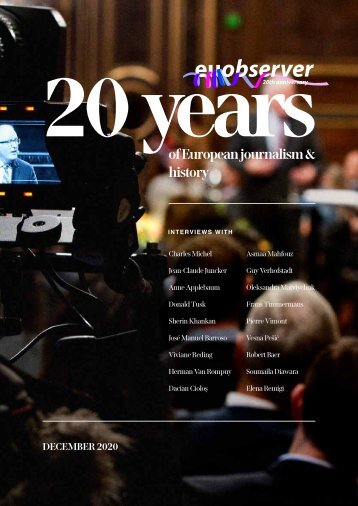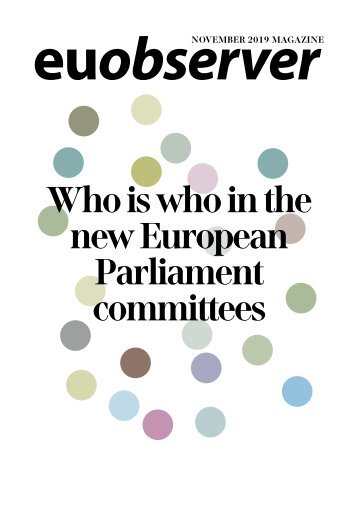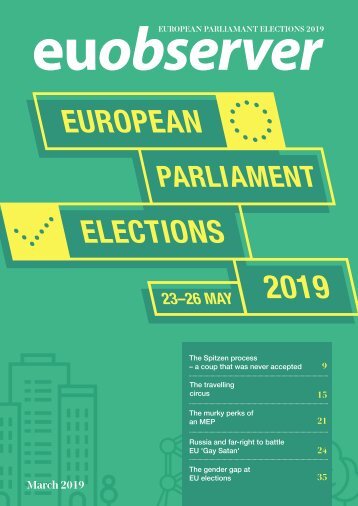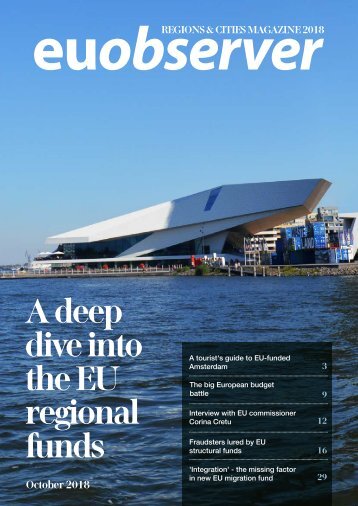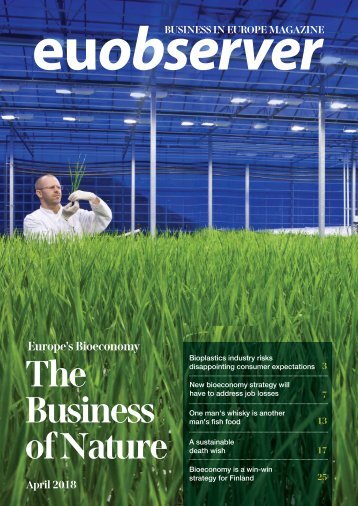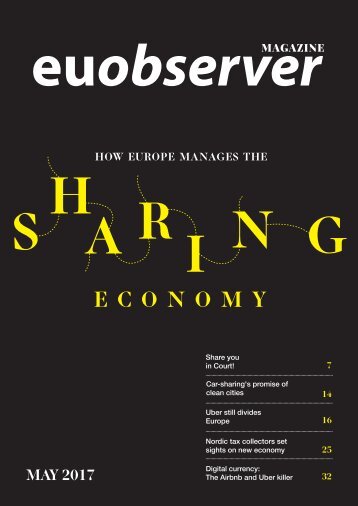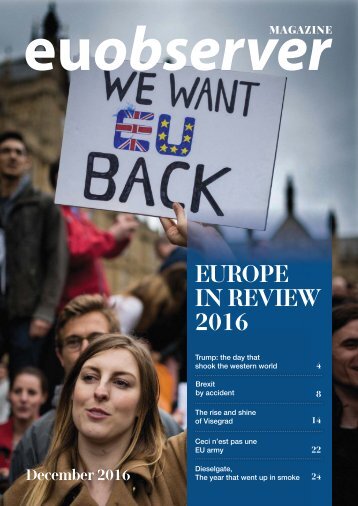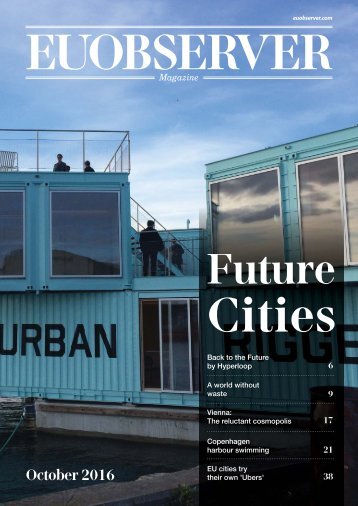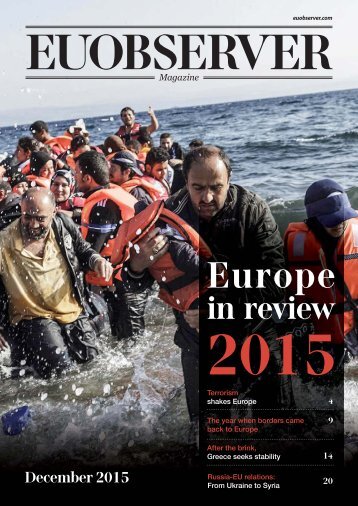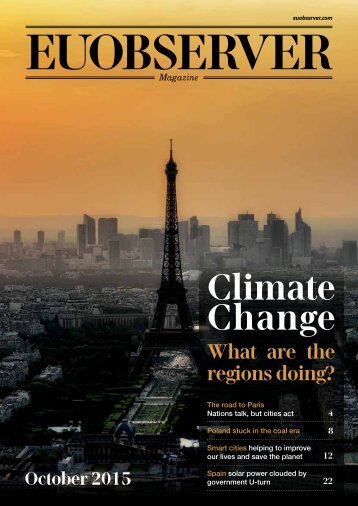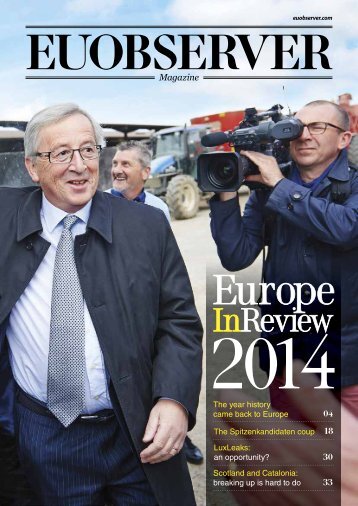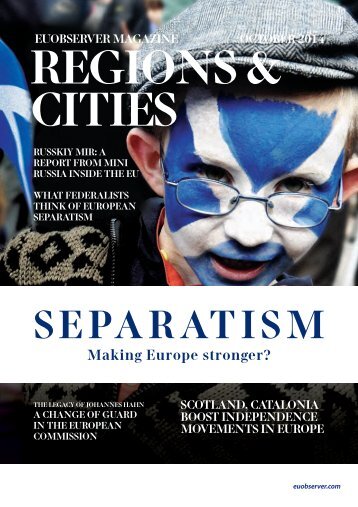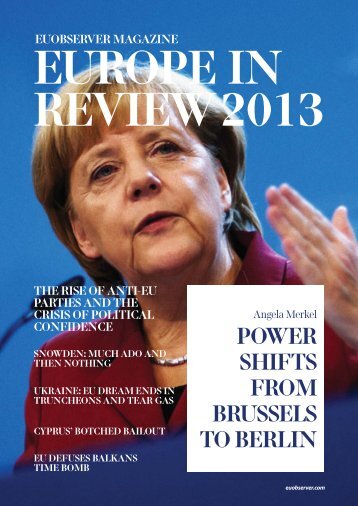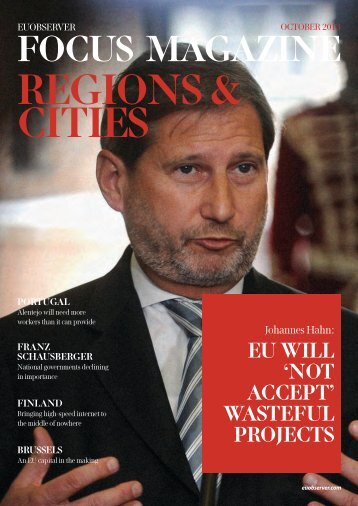Future Cities: Shaping Europe from the bottom up
- Text
- Regions
- Union
- Change
- Energy
- Housing
- Innovation
- City
- London
- Vienna
- Copenhagen
- Environment
- Europe
- Cities
- Hyperloop
- Cities
- Euobserver
“After
“After the shift to the use of private vehicles in the 1950s and 1960s, public transport gradually had to compete with the comfort of a car," he said. "Authorities had to increasingly try to convince those in cars that public transport could offer similar quality. For people in lower income groups, the price of public transport is a factor. By no longer requiring tickets, you remove a stigma." How does he see urban transport in 2050? Keblowski thinks there will be much fewer petrol cars driving around in cities, because fossil fuels “I think you will see SUV-like type cars driven by transport system,” Keblowski said. THE HYPERLOOP A completely different mode of transport is currently It would reach speeds of up to 1,200 km/h - faster than the top speed of a Boeing 747. Its name: the Hyperloop. Its estimated development cost: €13 billion. It would reduce the journey between Helsinki and Stockholm to less than 30 minutes. commissioned by FS Links - a Hyperloop system has a “very strong case and is worthy of consideration as a potentially viable alternative” to a high-speed railway line, which is also being looked years to complete. Although the commission in its vision of 2050 did not foresee a magnetic tube, it did note the importance of high-speed rail and argued that by 2050 the majority of medium-distance passenger transport should go by rail. Will we get there? its own work. In a report published in July this year it said “little progress [had been] achieved” in the become evident that the follow-up adoption of the proposals by the legislators as well as the implementation have been lagging behind,” the report noted. The Hyperloop, if it is built, would be a series of pods travelling through tubes via magnetic levitation. FS Links, the company developing it, says it can be used both for freight and passenger transport. That means cities, regions and national governments need to step up their game. It will be 2050 before you know it. And unlike Back to the Future, time travel to redo missed opportunities is not an option, at least not yet. imagined what the year 2000 would look like. Photo: Jean-Marc Côté 08 — FUTURE CITIES OCTOBER 2016
A world without waste A garbage crisis in Naples, Italy, gave birth to the "zero waste" movement, but is the rest of Europe brave enough to change the way it thinks about trash? By Aleksandra Eriksson For many years, the go-to solution for getting rid of waste was to burn it. This is still the case in many EU countries, such But that idea is now being challenged by an anti- protests against a planned incinerator in the vicinity. alternative ways to deal with waste. Ercolini brought a trash bag with him and showed how the content could be used again. ”First, regional authorities scrapped plans for the of changing the collection system,” Ercoloni told EUobserver. Zero-waste is about more than simple recycling, he ”It is an ethical and ecological principle, a goal and engaging communities and spreading information. only comes in when all other options have been reduce waste by 40 percent and recycles some 82 percent of the rest. A BRITISH IDEA Italy? Ercolini suggested that the garbage crisis in FUTURE CITIES OCTOBER 2016 — 09
- Page 1 and 2: euobserver.com Magazine Future Citi
- Page 3 and 4: STUDENT VILLAGES ON THE WATER Stude
- Page 5 and 6: studio residences are created which
- Page 7: from Helsinki to Stockholm in half
- Page 11 and 12: A Swedish incineration worker watch
- Page 13 and 14: Thames. London School of Economics
- Page 15 and 16: for instance, women with access to
- Page 17 and 18: Thanks to government-funded acco
- Page 19 and 20: RICH IN CULTURE AND MONEY These sur
- Page 21 and 22: Copenhagen harbour swimming Copenha
- Page 23 and 24: streams of small told EUobserve
- Page 25 and 26: WHY DON'T WE JUST DO IT? "It was
- Page 27 and 28: is now London's concentrated in on
- Page 29 and 30: © AER REVITALISING DEMOCRACY ACTIN
- Page 31 and 32: Last year, the mayor of Sellia, an
- Page 33 and 34: In Brussels, the last interestingin
- Page 35 and 36: Photo: John and Melanie (Illingwort
- Page 37 and 38: Culture. Photo: Lisbeth Kirk beer,
- Page 39 and 40: in the summer of 2009. Photo: Windw
Inappropriate
Loading...
Mail this publication
Loading...
Embed
Loading...

